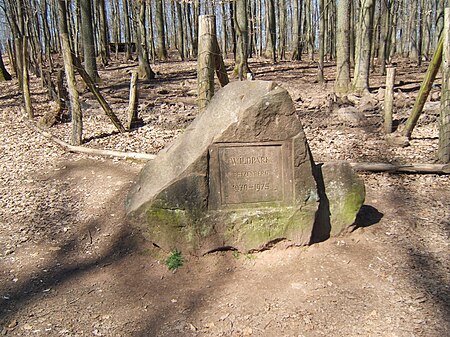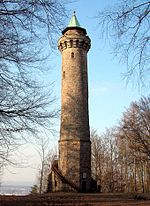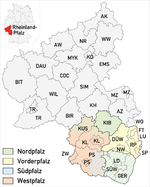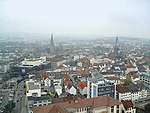Betzenberg Wildlife Park

The Betzenberg Wildlife Park (German: Wildpark am Betzenberg) in Kaiserslautern, Germany, was founded in 1970 with the aim of enabling the population to observe native species of animals - including those that used to live wild around Kaiserslautern but are no longer native there today. Today the park also has a role in protecting species that are threatened by extinction, such as the Wisent and other endangered animals. The park is home to owls, wild boar, lynx, mouflon, bred back tarpans, aurochs and other animals. It also has a woodland school in the middle of an old forest that, in places is 120 years old, as well as the Eichenkranz, a stand of trees estimated to be about 300 years old. The park is open all year round and entry is free.
Excerpt from the Wikipedia article Betzenberg Wildlife Park (License: CC BY-SA 3.0, Authors, Images).Betzenberg Wildlife Park
Spinozastraße, Kaiserslautern Betzenberg
Geographical coordinates (GPS) Address External links Nearby Places Show on map
Geographical coordinates (GPS)
| Latitude | Longitude |
|---|---|
| N 49.433362 ° | E 7.791624 ° |
Address
Wildpark Betzenberg
Spinozastraße
67663 Kaiserslautern, Betzenberg
Rhineland-Palatinate, Germany
Open on Google Maps







